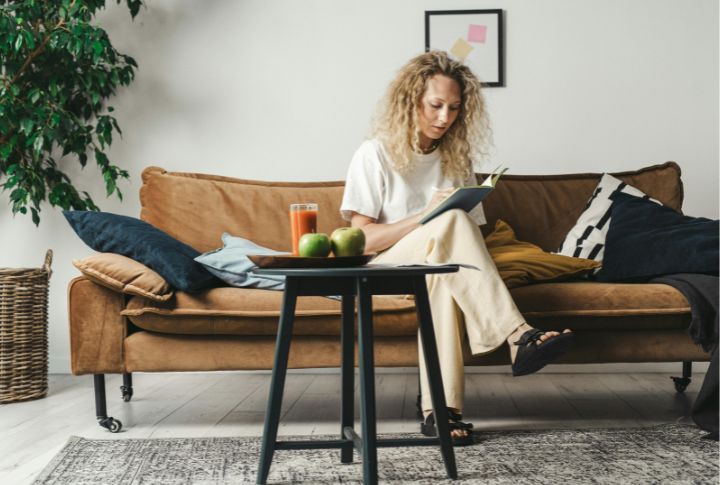
A few extras here and there seem harmless—until drawers jam and closets overflow. Minimalists avoid that mess by saying no to things that don’t add real value. If you’re curious what never makes the cut, start right here. These 20 items are quietly getting phased out by people who live light.
Single-Use Kitchen Gadgets
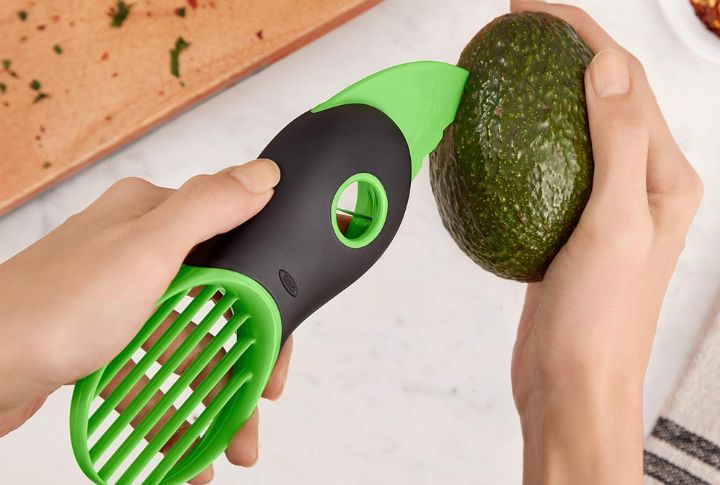
Minimalist kitchens lean on staples like a cast-iron pan or chef’s knife. But gadgets like avocado slicers or egg cookers? They rarely justify their space. According to decluttering experts, one-trick tools create clutter fast, which is why they end up in donation boxes.
Extra Coffee Mugs
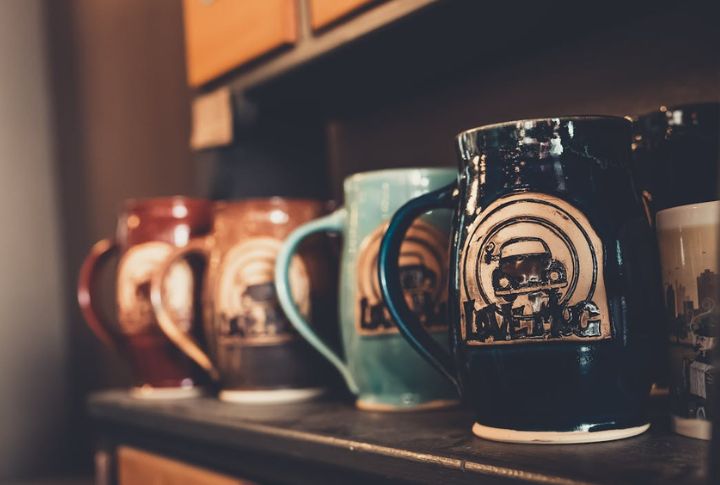
Somehow, mugs multiply. People hang onto dozens but only use a few. Minimalists cut back by keeping just one per person. Plus, most gift mugs and souvenir cups serve no daily purpose. Therefore, clearing them out frees shelves and instantly makes kitchens feel more open and functional.
Fast Fashion Pieces
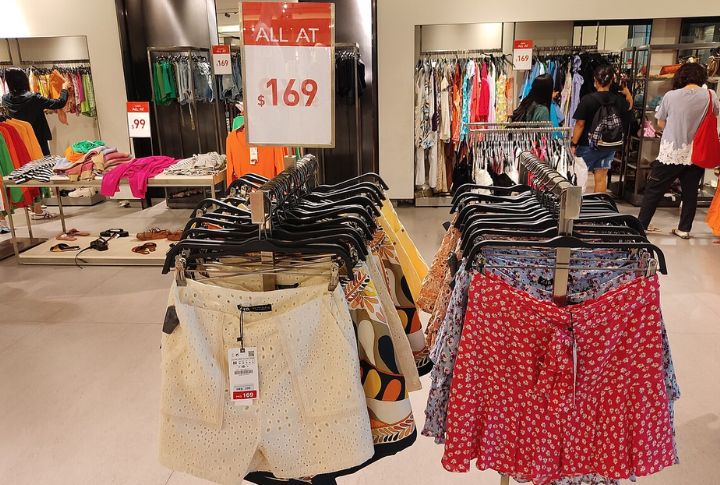
Fast fashion creates over 92 million tons of textile waste yearly, according to Business Waste. Minimalists favor timeless, durable basics that they wear. In fact, capsule wardrobes often include 25 to 70 mixable pieces that simplify dressing while avoiding the clutter that impulse-driven shopping invites.
Throw Pillows
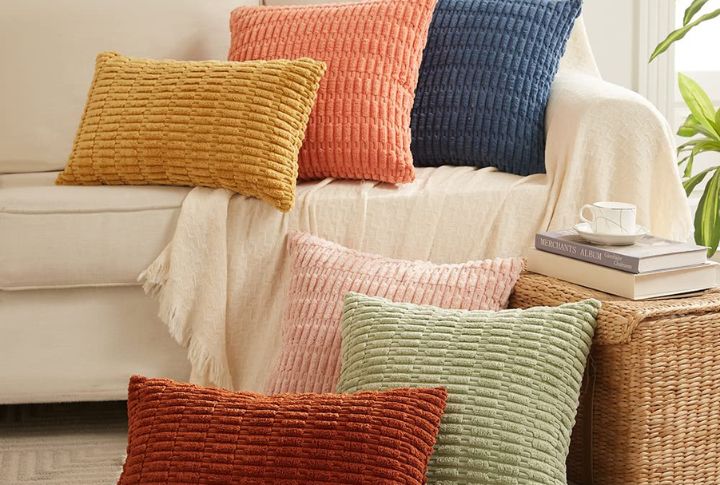
They start on the couch and end up on the floor. Throw pillows look cozy, but usually just get in the way. Some even say they’re more work than comfort. Designers also recommend fewer, intentional accents instead of heaps that require constant fluffing and arranging.
Holiday Decorations

One way minimalists avoid post-holiday mess is by skipping seasonal decor that hogs storage space. Americans spend billions each year on items they hide for eleven months. Instead, minimalists pick neutral pieces that stay up year-round and help keep closets and minds much clearer.
Decorative Towels
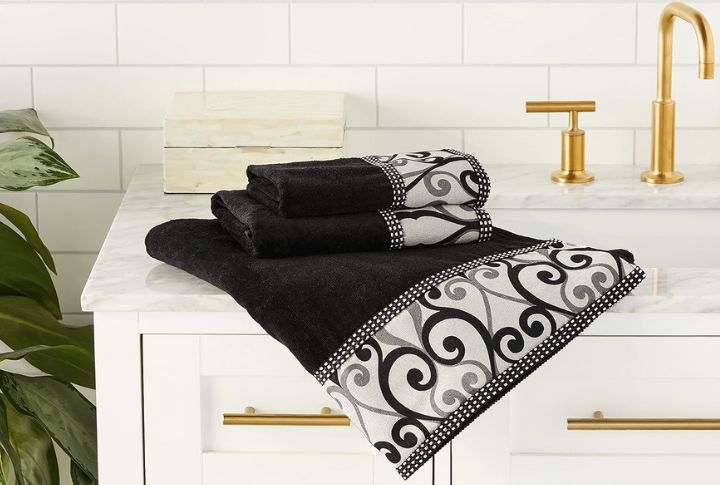
“For display only,” towels may look fancy, but they confuse guests and rarely get used. That is why sustainable shoppers prefer towels that look good and serve a purpose. After all, no one wants to wonder if they’re allowed to dry their hands. Simpler options reduce both clutter and second-guessing.
Unused Chairs
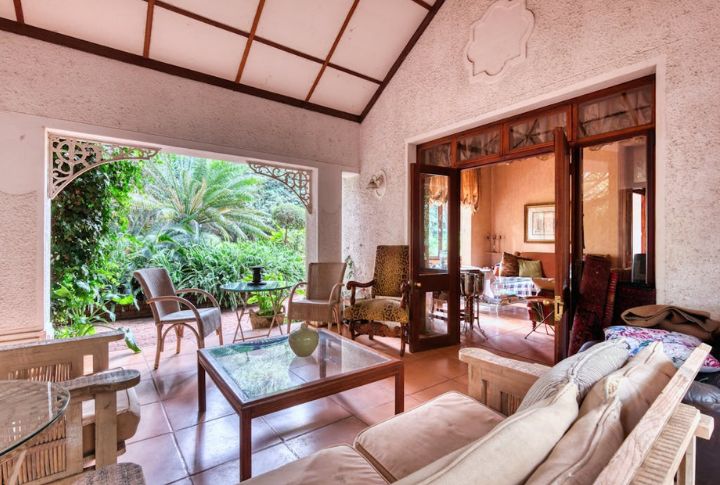
Extra chairs mostly go unnoticed until they start stacking clutter instead of supporting people. Many homes have seats no one ever touches. So, it is better to let go of furniture that doesn’t earn its place. In fact, Scandinavian design favors keeping only what’s functional, which means open space over filler.
Makeup Palettes
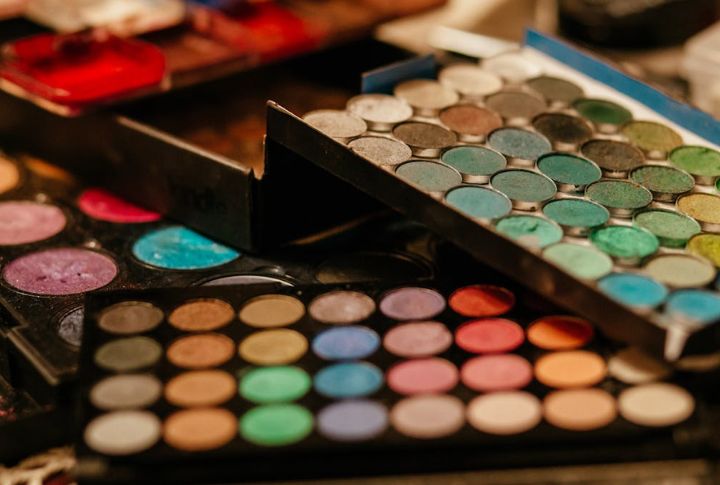
Most makeup palettes include colors that never get used and wind up taking up space. This cutback also avoids waste from expired products and makes getting ready a whole lot easier. Minimalists tend to streamline with a small set of favorites they reach for daily.
Duplicate Chargers
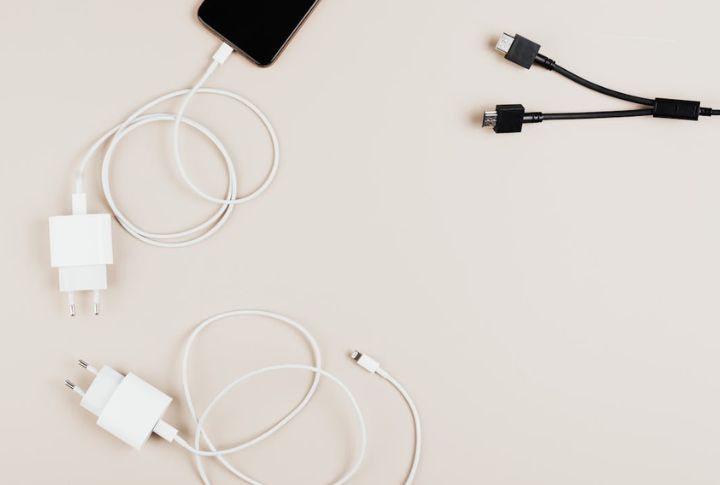
Somehow, charging cords end up in every drawer. These extras often come bundled with new tech or get replaced without tossing the old ones. Experts suggest two good cables per device. So, minimalists pare down and centralize cords to keep things tidy.
Unread Books
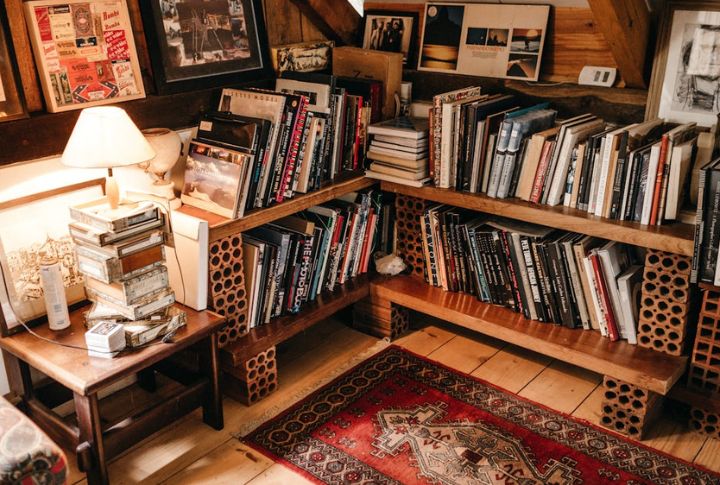
Home libraries sometimes fill up with books that never get opened. The Japanese call this tsundoku—collecting titles that gather dust. Many are recently turning to digital copies or library checkouts instead. That’s why unread books are a frequent feature in donation bins throughout the year.
Framed Art You Don’t Like

Clutter-free people only hang art that means something to them. If a piece blends into the background or feels like filler, it usually doesn’t stay long. Many people keep art just to cover space, but that habit fades fast when clarity and calm become the goal.
Event T-Shirts
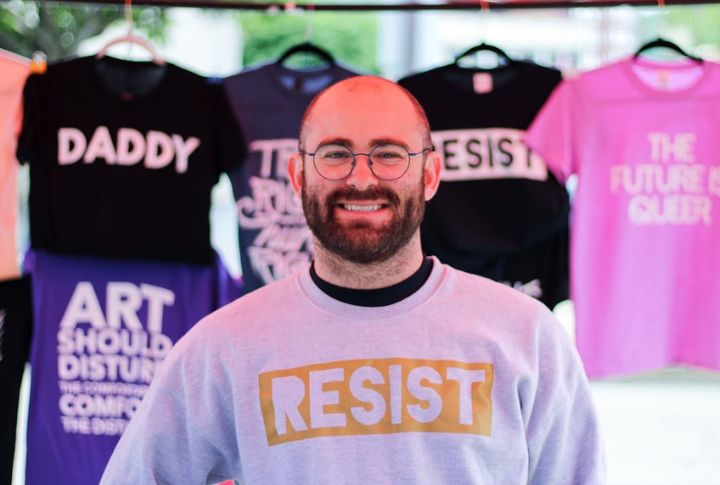
Do you think you’ll ever wear that event shirt again? Minimalists let them go if they don’t fit or serve a purpose, because these free tees tend to sit in drawers out of guilt. So turning them into rags or donating them clears both space and hesitation.
Unused Cookbooks
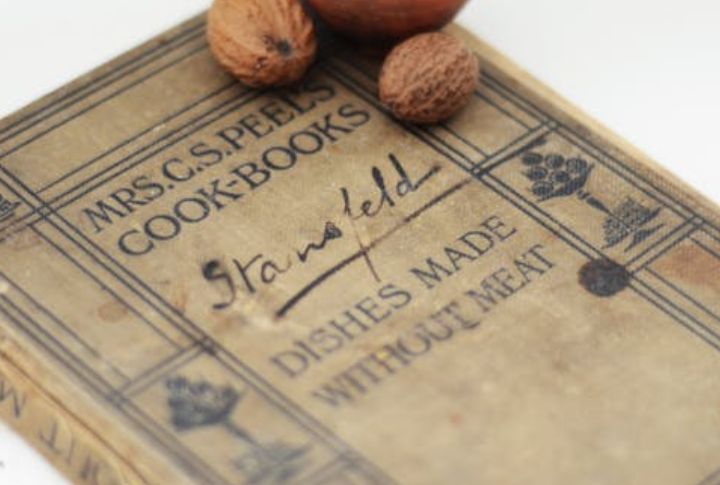
Many minimalists donated their cookbooks during pandemic cleanouts and never missed a page. They tend to stick to one trusted volume or a few saved recipes online. Though cookbooks may look nice on shelves, they go untouched, quietly adding to the clutter instead of daily use.
Figurines And Collectibles

Tiny statues and knick-knacks may start out meaningful, but then they crowd shelves before you even notice. And since they’re not useful, they just gather dust or break. That’s why minimalists keep only one or two favorites—because quality over quantity keeps a space feeling light and calm.
Unused Subscription Box Contents

Decluttering forums call them clutter traps in disguise, and it’s easy to see why. Subscription boxes fill homes with random items that people didn’t pick. Minimalists steer clear of that chaos because if something doesn’t serve a purpose, it usually just adds to the mess.
DVD And CD Collections

Streaming changed everything, and for most households, discs now collect more dust than views. These media formats take up valuable shelf space and continue to degrade over time. So, minimalists digitize their favorites or donate the rest before the boxes start piling up.
Paper Planners And Calendars
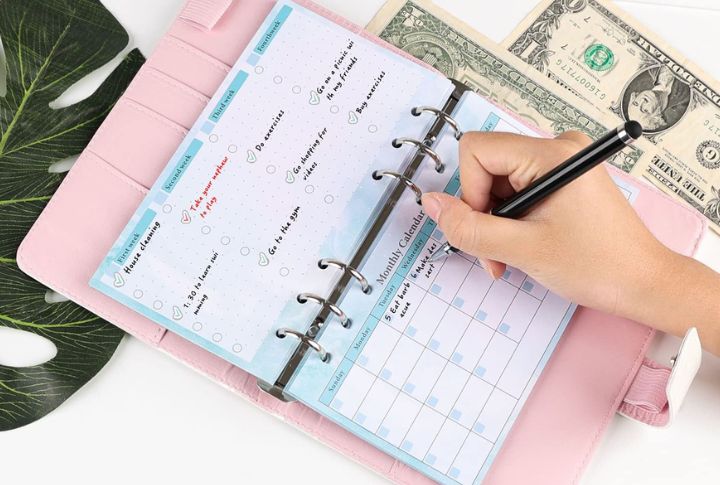
Digital apps now do the work planners once did, and minimalists embrace that shift. Paper calendars mostly go half-used or forgotten. Syncing schedules across devices saves time and space. And since paper clutter ranks high on declutter lists, it’s an easy swap with a big payoff.
Plastic Storage Bins
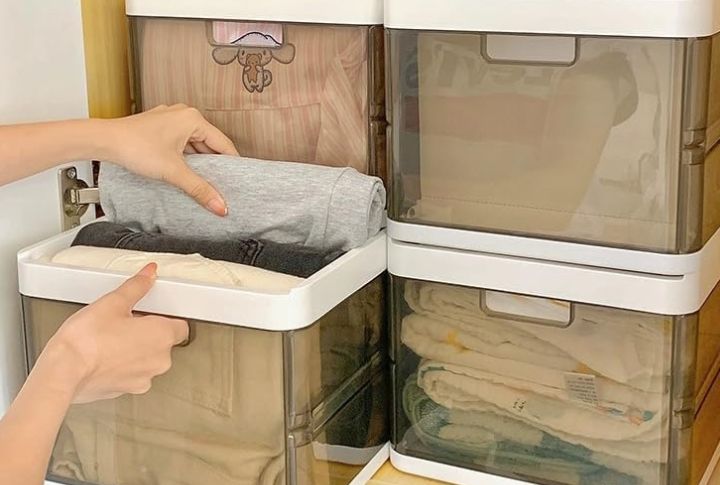
Americans spend billions on storage bins with the thought that they solve clutter. But those bins usually hide the problem rather than fix it. Minimalists focus on reducing what they own. As organizing expert Marie Kondo points out, storage should not be a crutch to delay the decision to let go.
Unused Exercise Equipment
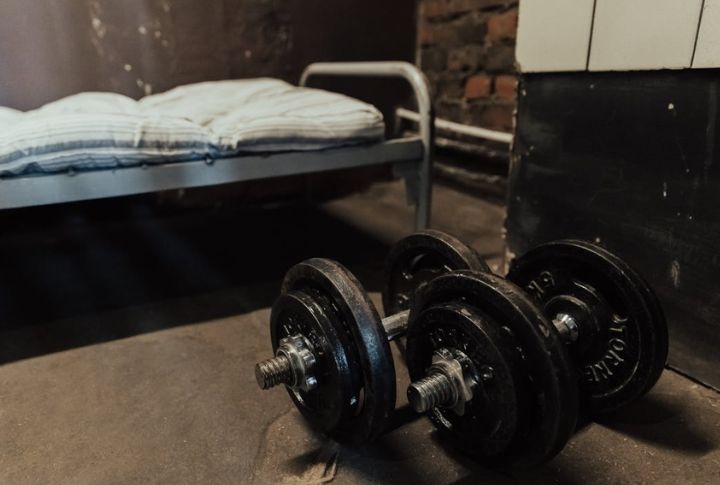
One in four people owns home gym gear they never use. Treadmills become coat racks, and ellipticals collect dust. Routines that don’t take over the room—like walking or bodyweight exercises—tend to stick. That way, fitness stays simple and square footage stays free.
Bulk Groceries That Expire

Buying in bulk can feel like a win, but it quickly backfires when food starts to expire. And shopping weekly or as needed, as many minimalists do, helps avoid that mess. Since overstocked pantries lead to waste, buying smaller amounts more regularly saves more in the end.

